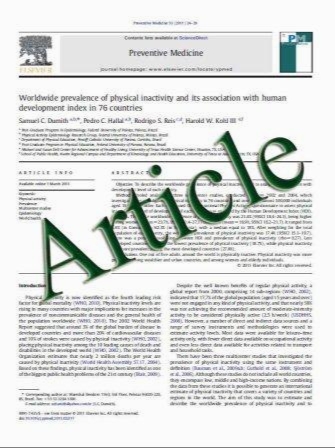Accidental Occupational Injuries to Endoscopy Personnel in a High-Volume Endoscopy Suite During the Last Decade: Mechanisms, Workplace Hazards, and Proposed Remediation
- نوع فایل : کتاب
- زبان : انگلیسی
- مؤلف : Mitchell S. Cappell
- چاپ و سال / کشور: 2010
Description
Introduction Scant data exist about accidental occupational injuries in endoscopy suites. This work systematically analyzes injuries, identifies workplace hazards, and proposes hazard remediation to potentially reduce risks. Methods A retrospective study was performed on 14 previously unreported injuries among 120 endoscopy suite personnel in a high-volume endoscopy suite during 2000–2010, identified by medical records, employee records, and interviews. Injuries, mechanisms, outcomes, and workplace hazards were analyzed. Results Seventeen endoscopy personnel suffered occupational accidents in an endoscopy suite, including three previously reported cases of tripping on exposed wires (rate = 1.35/100 worker-years). The 14 newly reported accidents include: hand crushed against narrow doorway while transporting patients, 4; striking head against ceilingmounted video monitors, 3; slip and fall on wet floor, 3; injury while breaking patient’s fall, 2; injury while turning patient during colonoscopy, 1; and tripping over misplaced wheelchair, 1. Injuries included: hand-crush injury, 4; myofascial back strain, 2; scalp laceration, 2; knee contusion, 2; and other, 4 (mean = 6.1 ± 15.5 lost workdays, 6.1 ± 10.1 restricted workdays). Two gastroenterologists suffered a torn tendon or coccyx fracture from slip and falls while working in the hospital. Proposed hazard remediation includes: replace bulky, heavy CRT video monitors with sleek, light LCD-flat-panel-screens to reduce likelihood and impact of head collisions; eliminate sharp edges on video monitor supports; widen doorways to accommodate extra-wide stretchers; slip-resistant flooring for rooms with frequent liquid spills; and parking wheelchairs away from traffic areas. Conclusions Potentially correctable design flaws may frequently contribute to accidents in endoscopy suites, including: bulky overhead video monitors, too narrow doors for extra-wide stretchers, absence of slip-resistant flooring, and wires exposed above the floor.
Dig Dis Sci (2011) 56:479–487 DOI 10.1007/s10620-010-1498-5 Received: 14 September 2010 / Accepted: 10 November 2010 / Published online: 10 December 2010


